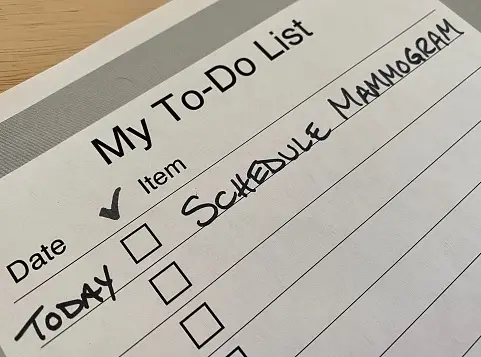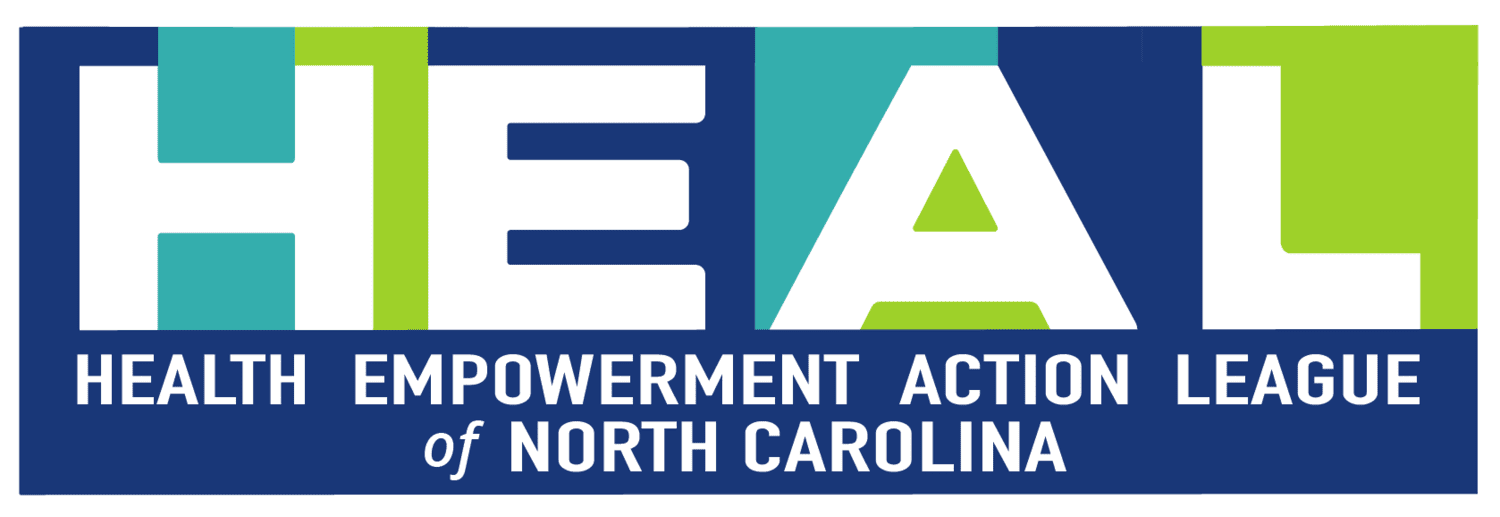The Truth About Mammograms
By Sharyn Fuller, www.HEALNC.net columnist

"Preventive medicine displays all 3 elements of arrogance. First, it is aggressively assertive, pursuing symptomless individuals and telling them what they must do to remain healthy. Occasionally invoking the force of law (immunizations, seat belts), it prescribes and proscribes for both individual patients and the general citizenry of every age and stage. Second, preventive medicine is presumptuous, confident that the interventions it espouses will, on average, do more good than harm to those who accept and adhere to them. Finally, preventive medicine is overbearing, attacking those who question the value of its recommendations.”
-David L. Sackett, Canadian Medical Association Journal, August 20, 2002
As the 35-year-old mother of two young children in early 1992, making an appointment for my very first mammogram was on my “to do” list. After all, I now had two children who depended on me, so I had to make sure I took good care of myself for their sakes. However, prior to the test I happened upon an article in a magazine that not only shocked me but shook my trust in the medical profession.
Thus began over 30 years of being condemned for not complying, while watching, waiting …and researching.
When mammograms became widely available in 1969 as a screening tool, they were touted as lifesaving and risk-free. A lucrative industry was then built around them, and to this day regular screenings have been heavily promoted by doctors, health care workers and medical associations. Mammograms alone brought in almost 2.5 billion dollars in 2022 just in the US. As a result, most women believe they are doing the right thing by submitting to regular mammograms. But where is the data to support the claims? Let’s ask some questions.
Doesn’t it make sense that if cancer is found early and then successfully treated, a life has been made healthier and therefore prolonged?
Studies – some decades long - have not shown this to be the case. Yet how have these studies been received? How have the researchers who conducted these studies been treated?
In 1992, Dr. Cornelia Baines was the co-director of a Canadian trial testing the assumption that cancer will always lead to an untimely death and that mammography reduces breast cancer mortality. However, in that study there was no significant difference between the mammography group and the control group in terms of death, while the mammography group had a large increase in terms of cancer. In addition, the study showed that some cancers will never cause death or symptoms. But when the study was published, Dr. Baines was taken by surprise. Instead of looking at this study dispassionately, most scientists (and in particular the US media) attacked her, with many trying to silence her.
In 1999 Dr. Peter Gotzsche, the director of The Nordic Cochrane Center, decided to do an in-depth assessment of all the mammography-related research conducted in the 1960s (involving 500,000 women in NYC, Canada and Sweden) since bad signs were showing up in Norway. Much to his surprise and alarm, he discovered that the original research did not show that mammograms decreased the rate of deaths from all causes, and it also showed that mammography failed to detect the deadliest form of breast cancer. His ultimate assessment was that mammograms caused more harm than good. He was ignored.
Yet the research continued, and in 2015 Dr. Gotzsche strongly called for the abandonment of mammograms due to the harm they continued to cause so many women by overdiagnosis, up to 52% in some countries.
Doesn’t cancer always lead to an early death?
In 2014, a 25-year study involving 90,000 women was published in The British Medical Journal, its goal to decide if there was any advantage in finding breast cancers when they were too small to feel. The conclusion was NO. The reason? Many cancers grow slowly or not at all and, as a result, do not require treatment. Some cancers even shrink or disappear.
In addition, the first step after receiving a positive mammogram is a biopsy. But according to an article published in PubMed in 2004, a biopsy itself can increase the risk of cancer, since the procedure drags the cancer cells out of the enclosed environment and through the breast tissue.
Do any pro-mammogram organizations recognize there are issues with mammograms?
Even an organization that strongly promotes regular screening – The Susan G. Komen Foundation – admitted in 2006 that over 90,000 women who currently believed they had breast cancer may have been misdiagnosed.
Is there a problem with overdiagnosis?
Overdiagnosis is serious because it will most likely result in overtreatment. When the biopsy shows the diagnosis as positive, that leads to the grueling and painful experience of chemotherapy, radiation, drugs and sometimes mastectomies. But even though it is now known that many cancers will not grow and that some will disappear, in the early stage doctors are unable to tell the difference, so they treat them all. This results in tens of thousands of women every year going through the fear, pain and suffering involved with cancer treatment while ironically believing that the mammogram saved their lives.
Surprisingly, it turns out that even women who avoided the tortuous treatments by receiving false-positive results experienced a level of anxiety and psychological stress approaching those who actually did go through the entire protocol.
How many women have been misdiagnosed?
According to a study published in the New England Journal of Medicine in 2012, in the prior 30 years 1.3 MILLION women were wrongly diagnosed with breast cancer in the U.S. alone.
But wait a minute – doesn’t mammography save any women’s lives?
According to a study from 2009, less than 5% of women who have screen-detectable cancers have their lives saved.
An additional study conducted in 2016 by Dr. H. Gilbert Welch of the Dartmouth Institute for Health Policy, Dr. Barry Kramer of the National Cancer Institute and colleagues brought them to the following conclusion: “Mammography can help a few — a very few — women, but it comes at a real human cost, including people undergoing treatment unnecessarily.”
Hasn’t the death rate from breast cancer gone down?
Yes, breast cancer deaths have gone down since mammograms were introduced, but according to many studies the reason is that treatments have improved over the years, making early detection even less important. According to a study conducted in 2016, improved treatment for breast cancer is the reason mortality has been reduced.
Ever since I discovered the truth about mammograms back in 1992, I regularly check to see if there have been any new studies to support the usefulness of mammograms as a screening tool. I check to see if the recommendations for having mammograms have changed. And most importantly, I check to see how I can reduce my chance of death from breast cancer.
Well, according to organizations like the Nordic Cochrane Centre, the US and the Canadian Task Forces, the Independent UK Panel and the Swiss Medical Board – organizations with no conflict of interest – a woman can reduce her chance of death by 30% in this way:
Avoid screening with mammograms.
And so, here I am, now age 67 and still mammogram-free.
THIS WEBSITE IS NOT INTENDED FOR PROVIDING MEDICAL ADVICE
